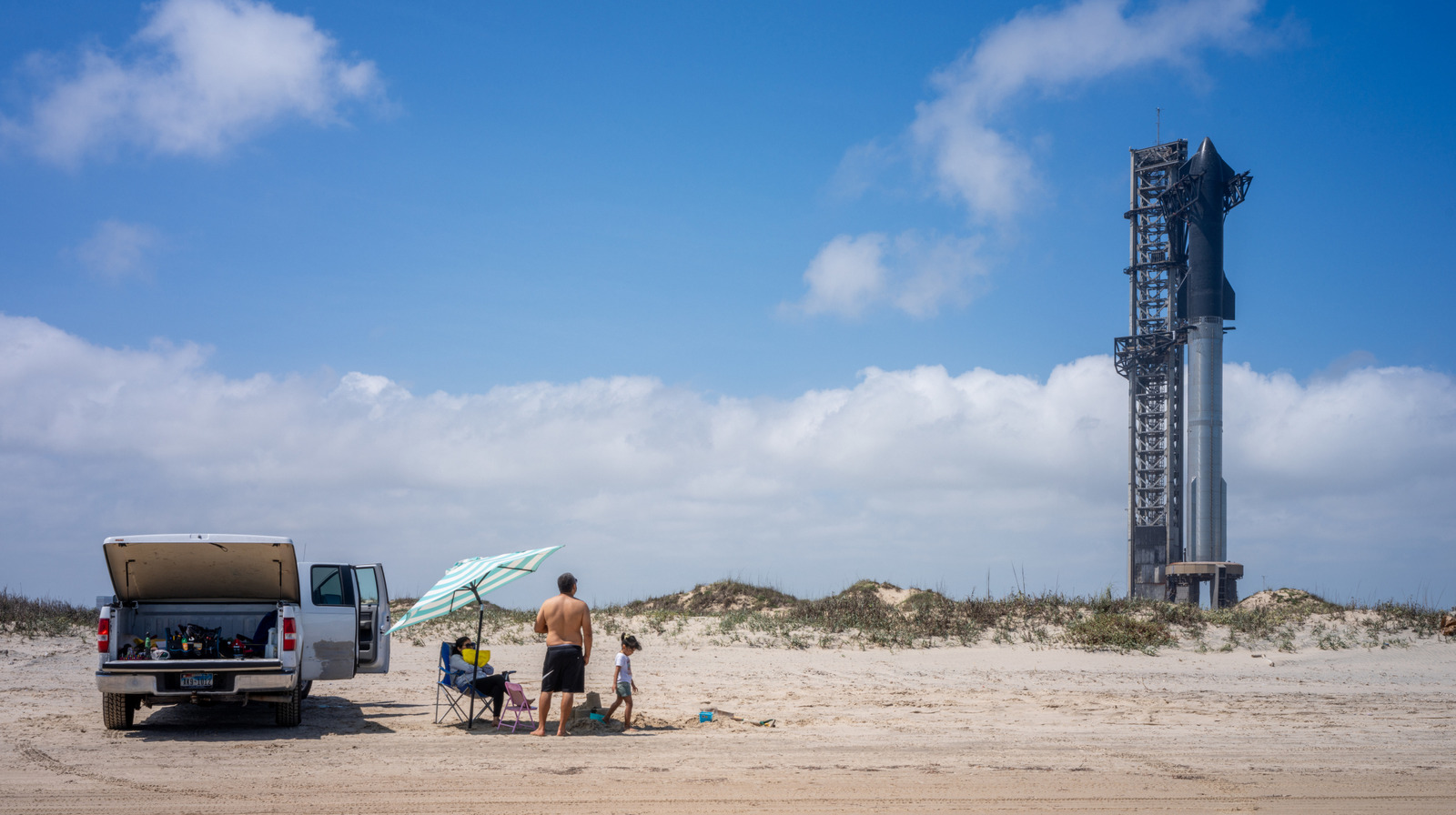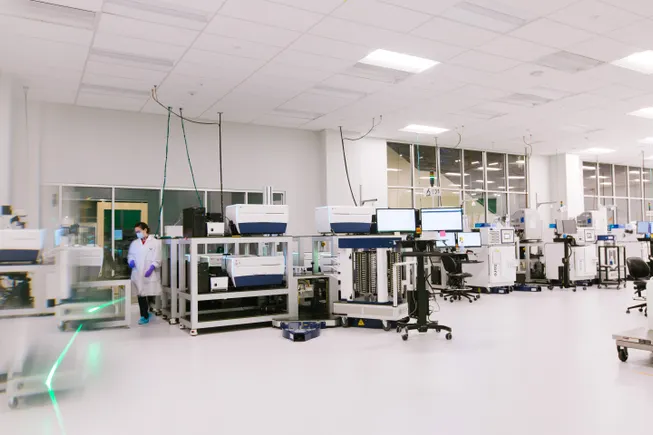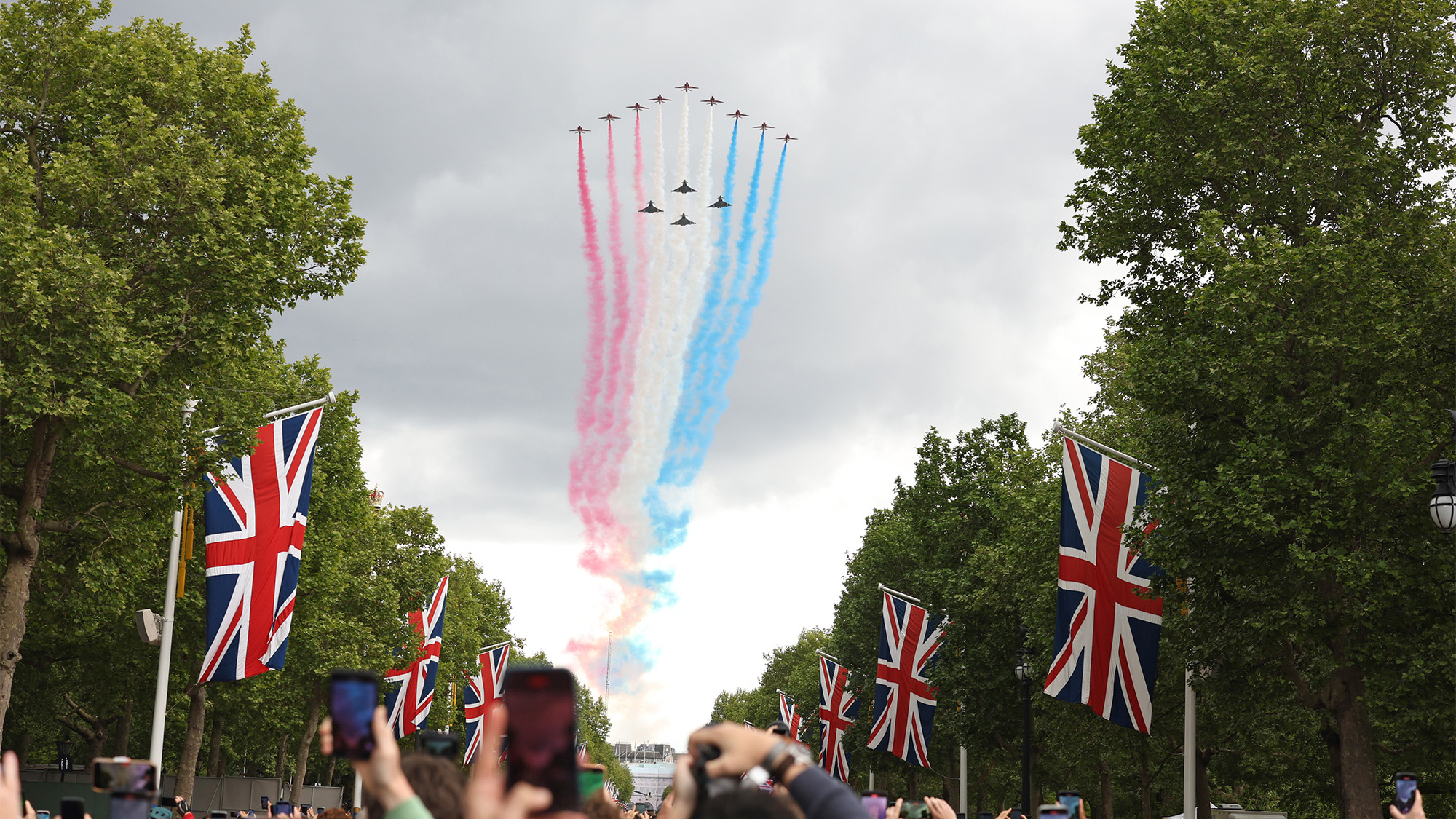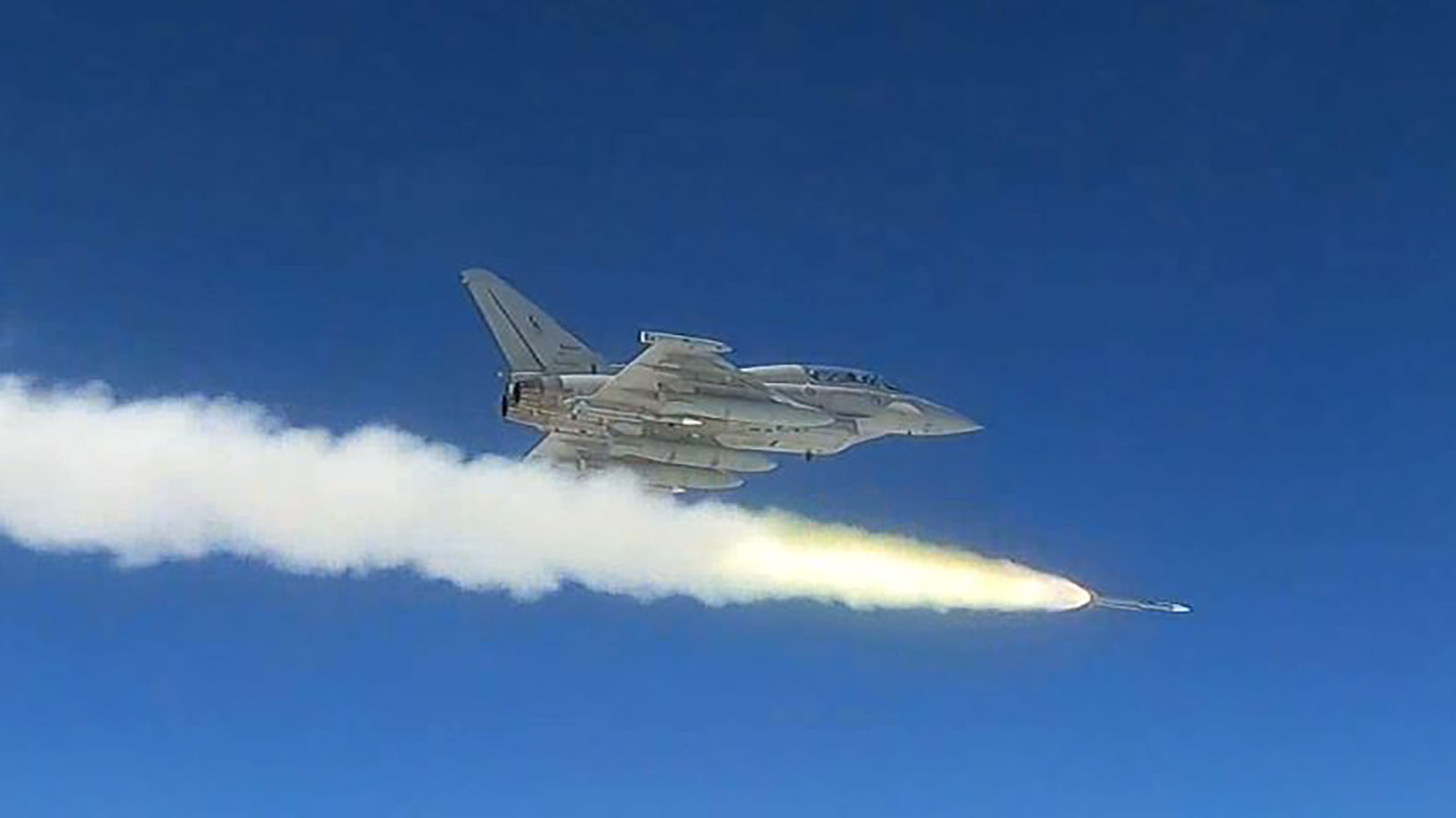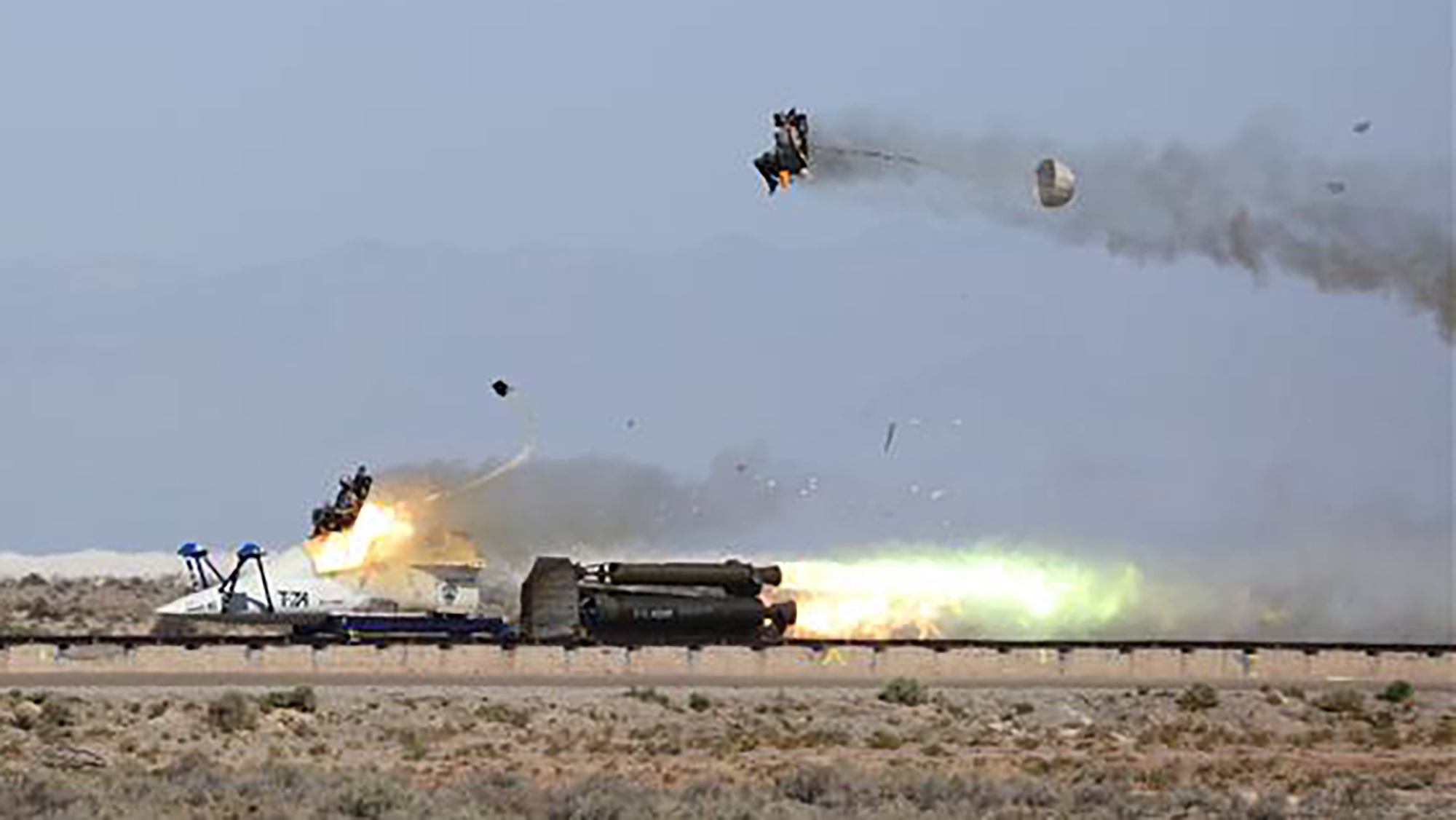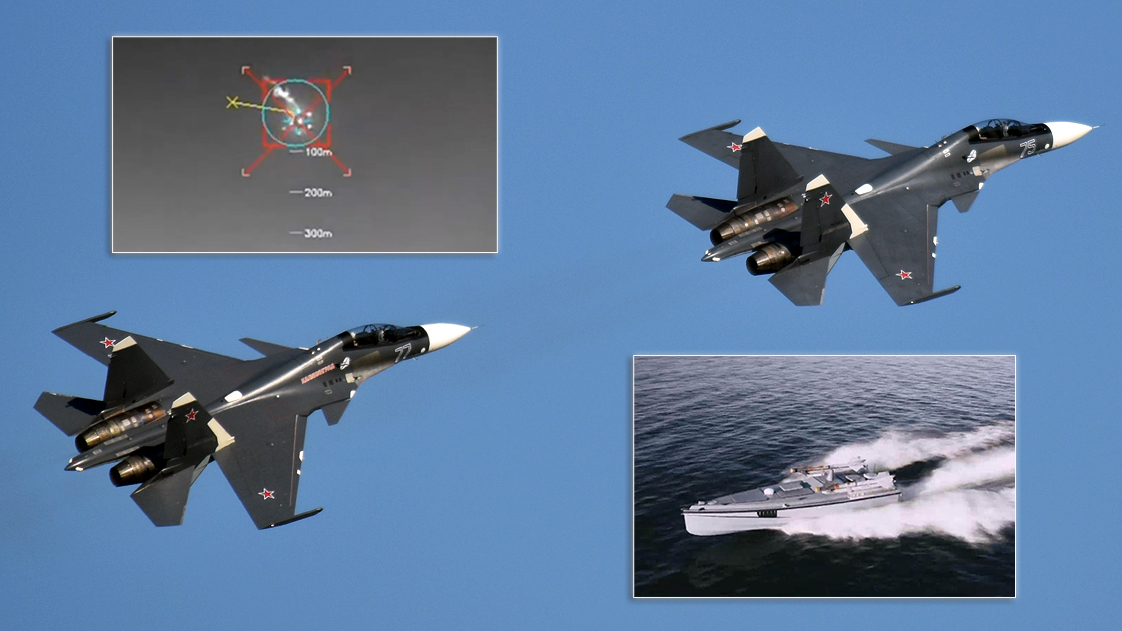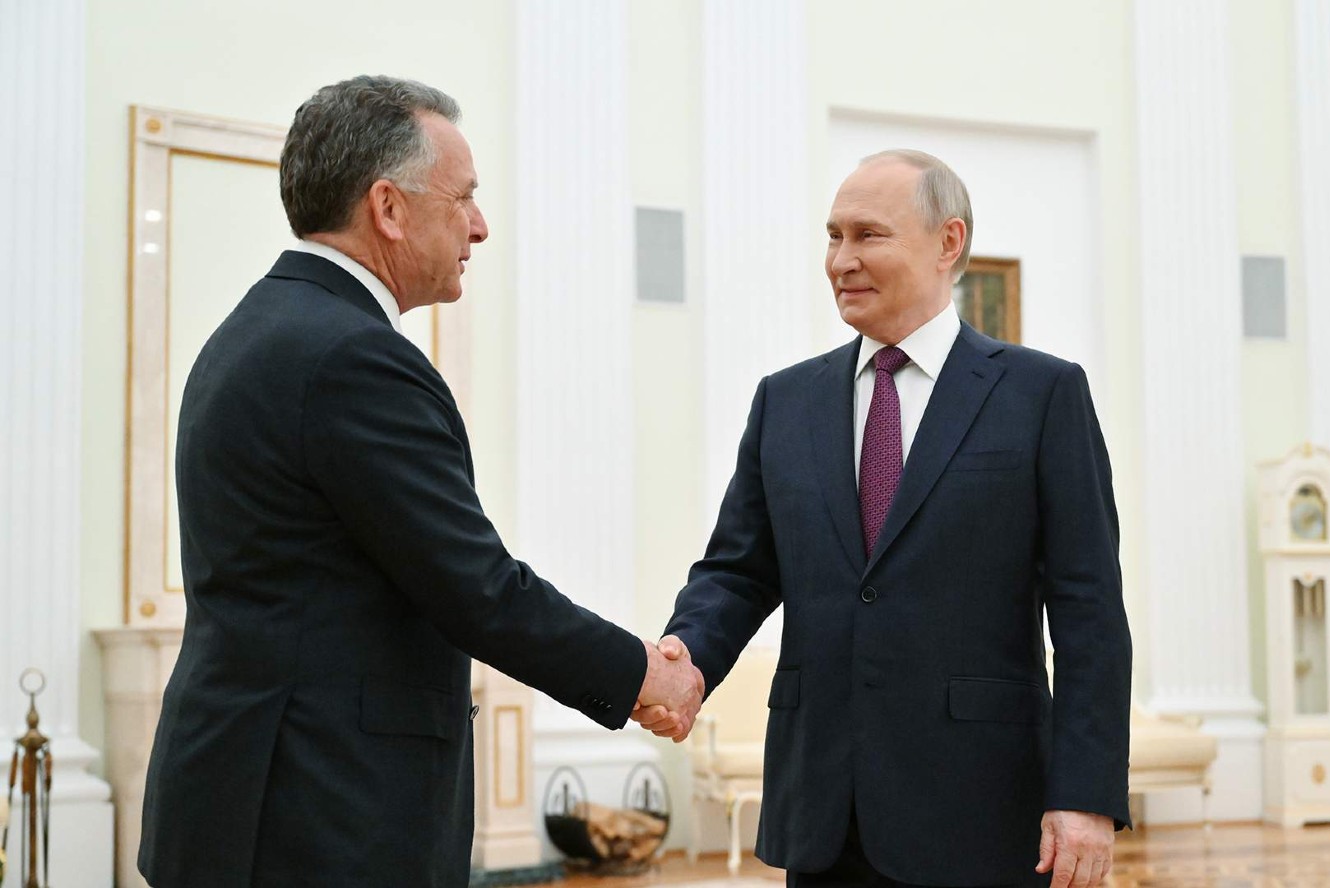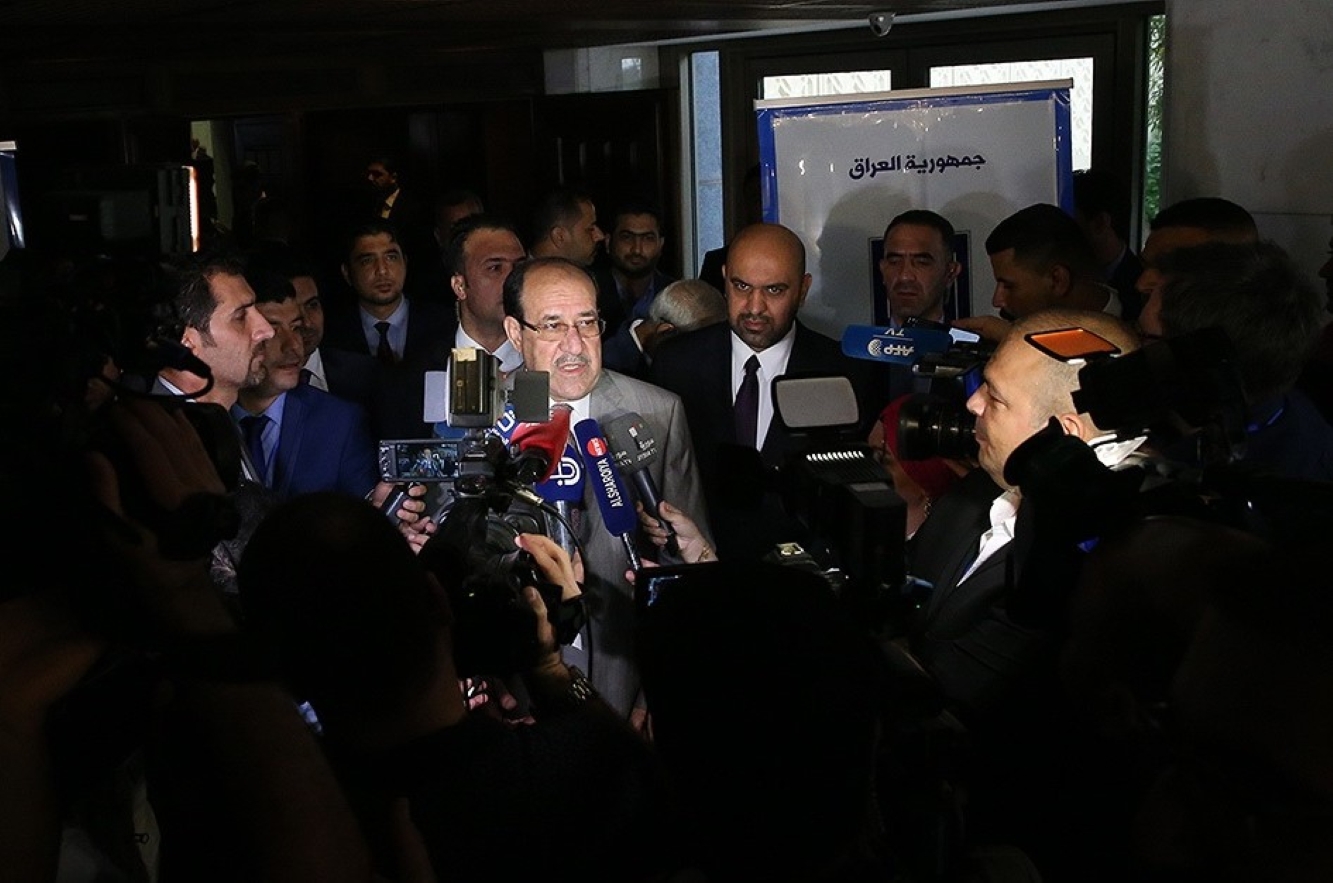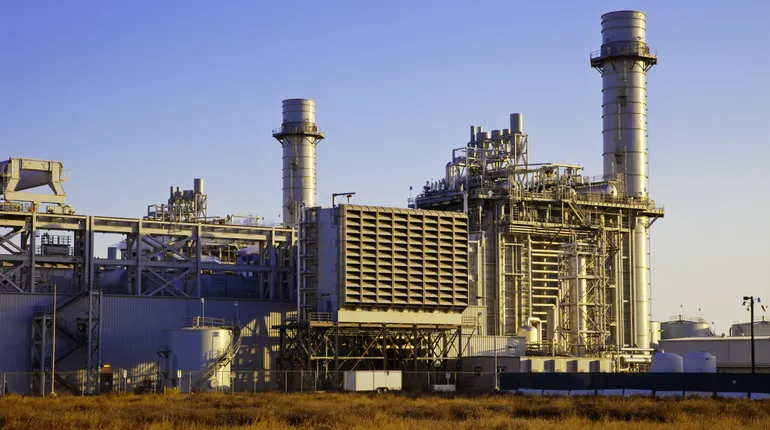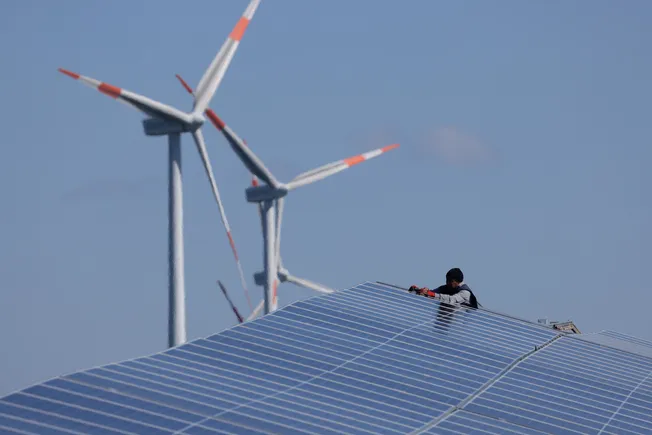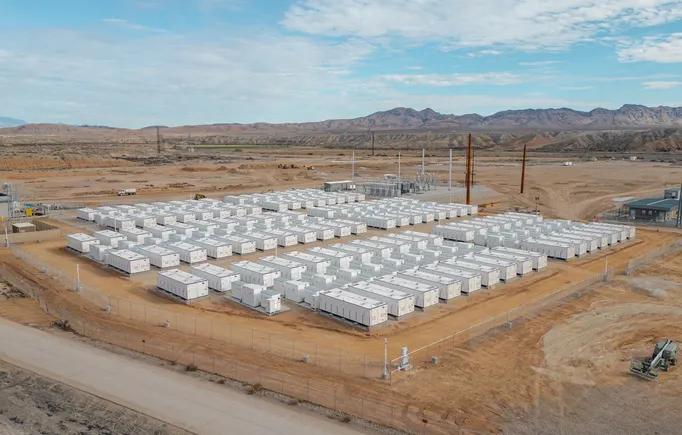Air Force now expects Sentinel ICBMs will ‘predominantly’ need new silos
“Part of the requirements, initially — ten years ago when this program was started — was to reuse the holes, the missile holes at the launch facilities,” said Air Force Gen. Thomas Bussiere. “Shockingly enough, if we look at it, that may not be the answer.”


Artist’s rendition of the LGM-35A Sentinel intercontinental ballistic missile. (Image: Northrop Grumman)
WASHINGTON — The Air Force now believes its new nuclear intercontinental ballistic missiles will “predominantly” require digging fresh missile silos, a significant change of plans to reuse existing silos and a move the service has previously assessed will come with major costs.
To house the new Sentinel ICBM, officials previously planned to refurbish 450 existing silos currently used by the Sentinel’s predecessor, the aging Minuteman III (MMIII). But as the Pentagon works through a cost breach analysis for Sentinel after its price tag ballooned last year, officials now expect existing silos will largely not be reusable after all.
“The Air Force continues to assess its options and design concepts as part of doing good systems engineering. While no decision has been made, we expect Sentinel to use predominantly AF-owned real estate to build new missile silos instead of re-using MMIII silos,” an Air Force spokesperson told Breaking Defense.
The Sentinel’s prime contractor, Northrop Grumman, referred a request for comment to the Air Force.
When the Pentagon certified Sentinel to continue last year amid a cost breach known as Nunn-McCurdy, officials explained that they would adopt changes to launch facilities, which would make them “more cost-effective as well as less complex.” Yet digging new silos would represent a dramatic change, particularly because a previous analysis of alternatives conducted around the time of the program’s inception reportedly found that doing so would incur prohibitive costs. Defense Daily previously reported the potential silo switchup, citing dialogues Air Force leaders have held with local communities.
RELATED: Air Force could reopen competition for Sentinel ICBM ground infrastructure, Hunter says
The Sentinel program aims to procure 634 missiles — along with an additional 25 for development and testing — and deploy 400 of them in silos spread across vast missile fields in the Great Plains, stretching from Colorado to North Dakota near the Canadian border. A need to dig new silos means hundreds may have to be built.
During remarks at the Advanced Nuclear Weapons Alliance Deterrence Center on April 30, Air Force Global Strike Command Gen. Thomas Bussiere explained reusing the MMIII silos may not be feasible.
“Part of the requirements, initially — ten years ago when this program was started — was to reuse the holes, the missile holes at the launch facilities. That was believed to be more efficient, more cost effective and quicker,” Bussiere said. “Shockingly enough, if we look at it [now], that may not be the answer.” A decision has not been made, the general emphasized.
Sentinel has four different segments, according to Bussiere: command and launch consisting of facilities like silos and command centers; the missile itself; the missile’s payload; and support equipment. Officials have said the launch facility segment, consisting of the large-scale silo construction work and attendant features like modern cabling and new buildings, is the chief source of a roughly 81 percent budget breach and a new price tag of $141 billion. The program’s woes have also pushed back initial operational capability several years beyond an original 2029 forecast.
Upgrading the ICBMs are part of a massive nuclear modernization effort that one government organization says will cost $946 billion over the next decade.
Bussiere explained that officials are currently exploring different paths forward under Nunn-McCurdy, where “part of this process … is to look at the viability of using the same landscape, but potentially looking at maybe doing a different hole for the weapon, versus reusing the current hole,” he said.
The general then stated that officials are “pretty seriously” considering a plan to “reus[e] federal lands” that are “within our current footprint in our missile wings.” Calling the land “green fields,” Bussiere said that some of that land still in possession of the federal government could be utilized to “potentially expand our sequential fielding.” (Part of Sentinel’s vast construction is expected to require the federal government to negotiate easements with private property owners.)
“As we transition from the Minuteman III to the Sentinel… we have to maintain our minimum numbers of ICBMs on alert for the nation,” Bussiere said. “And that’s going to be a graceful ballet between ops and maintenance, acquisition, you know, a bunch of partners that are part of this program to make sure we get this right.”































